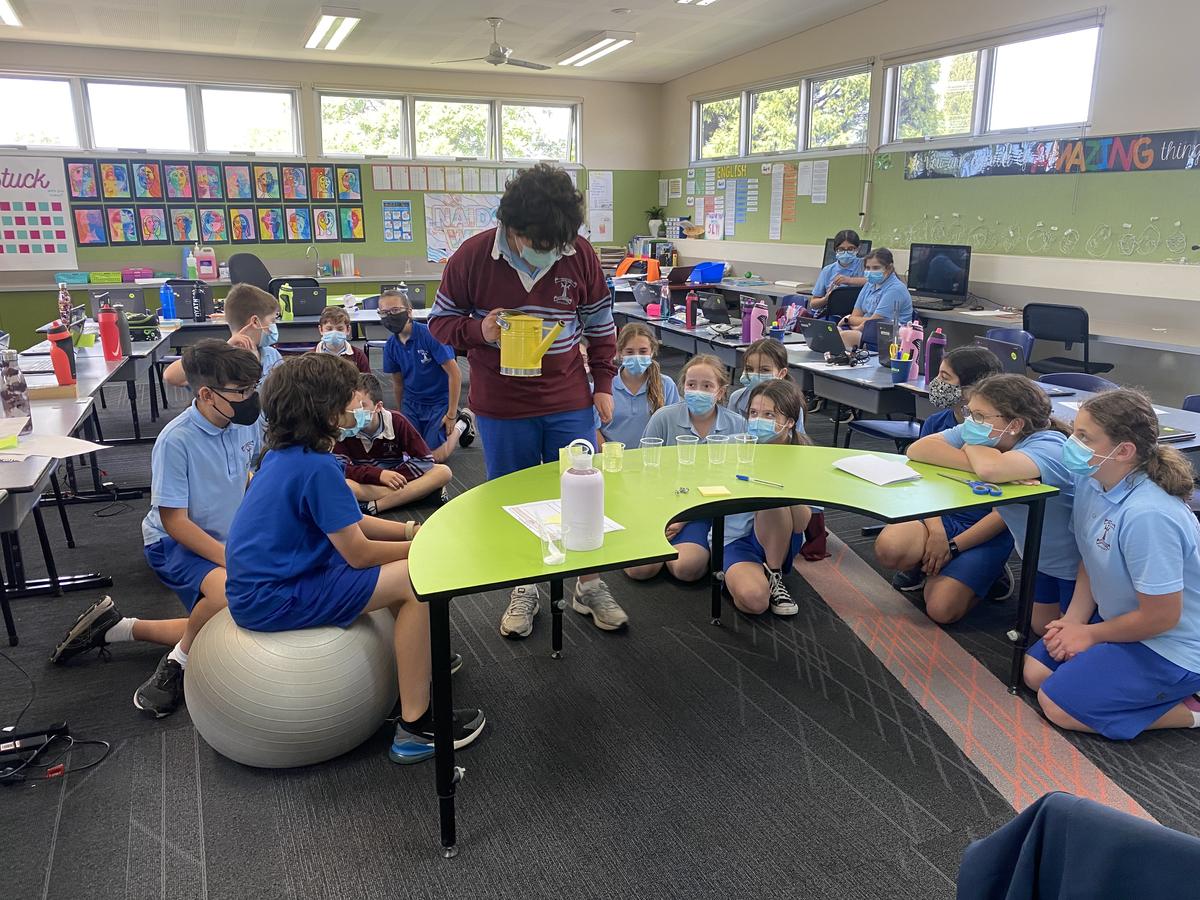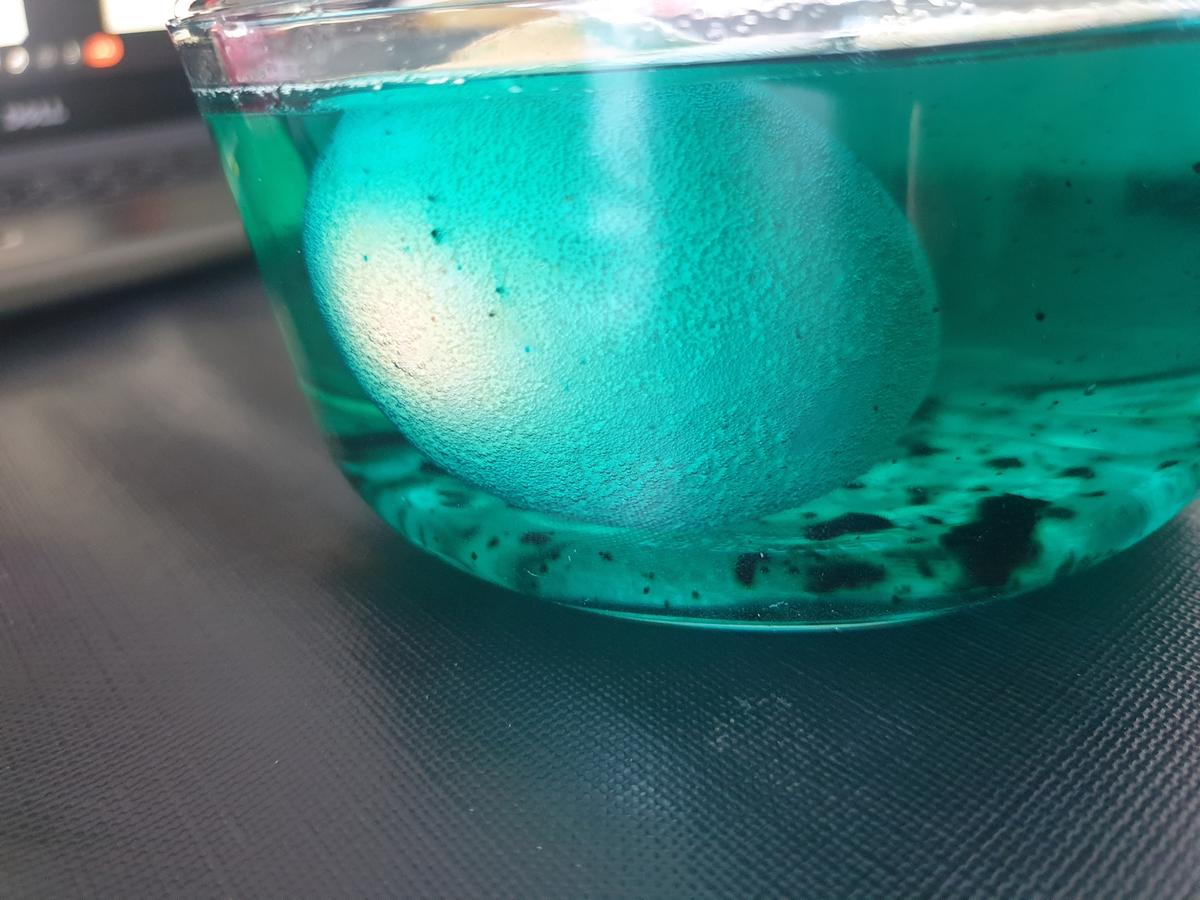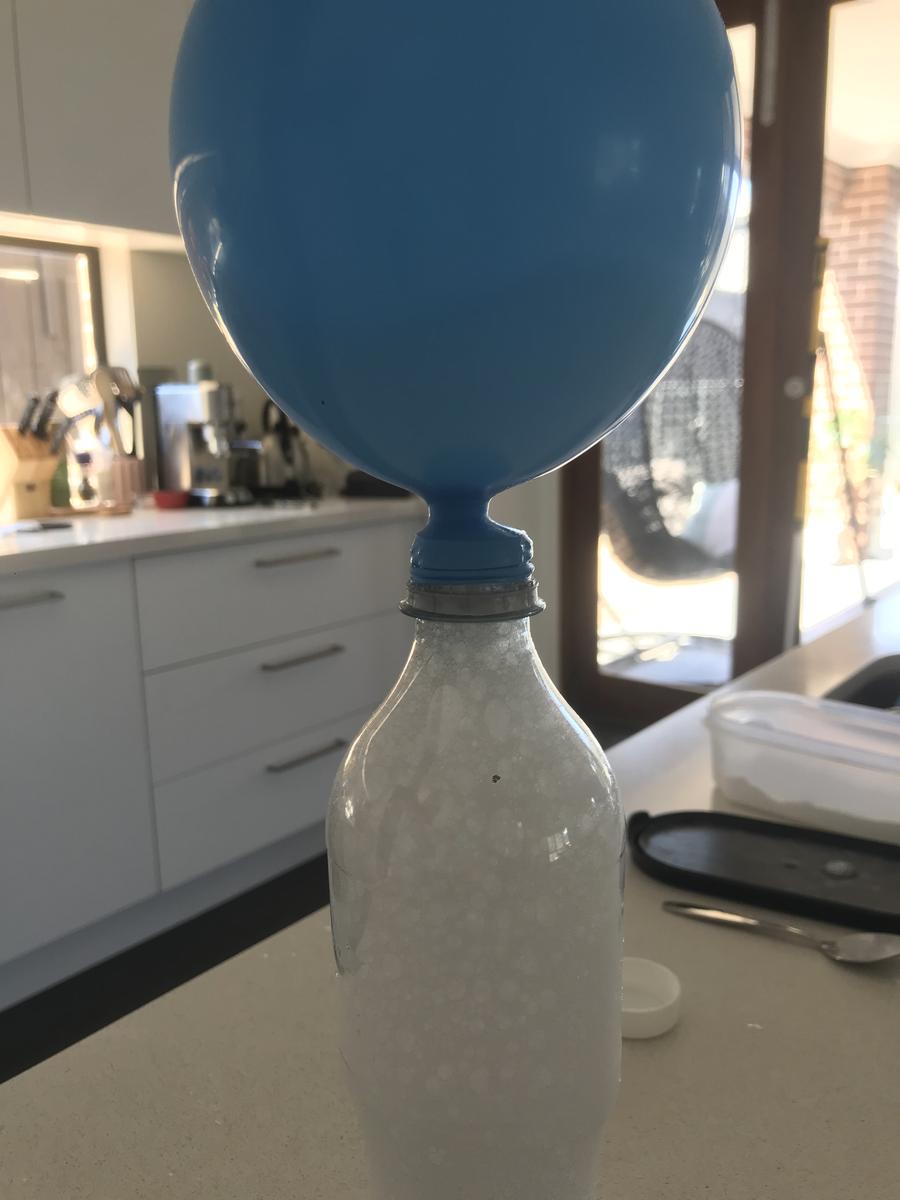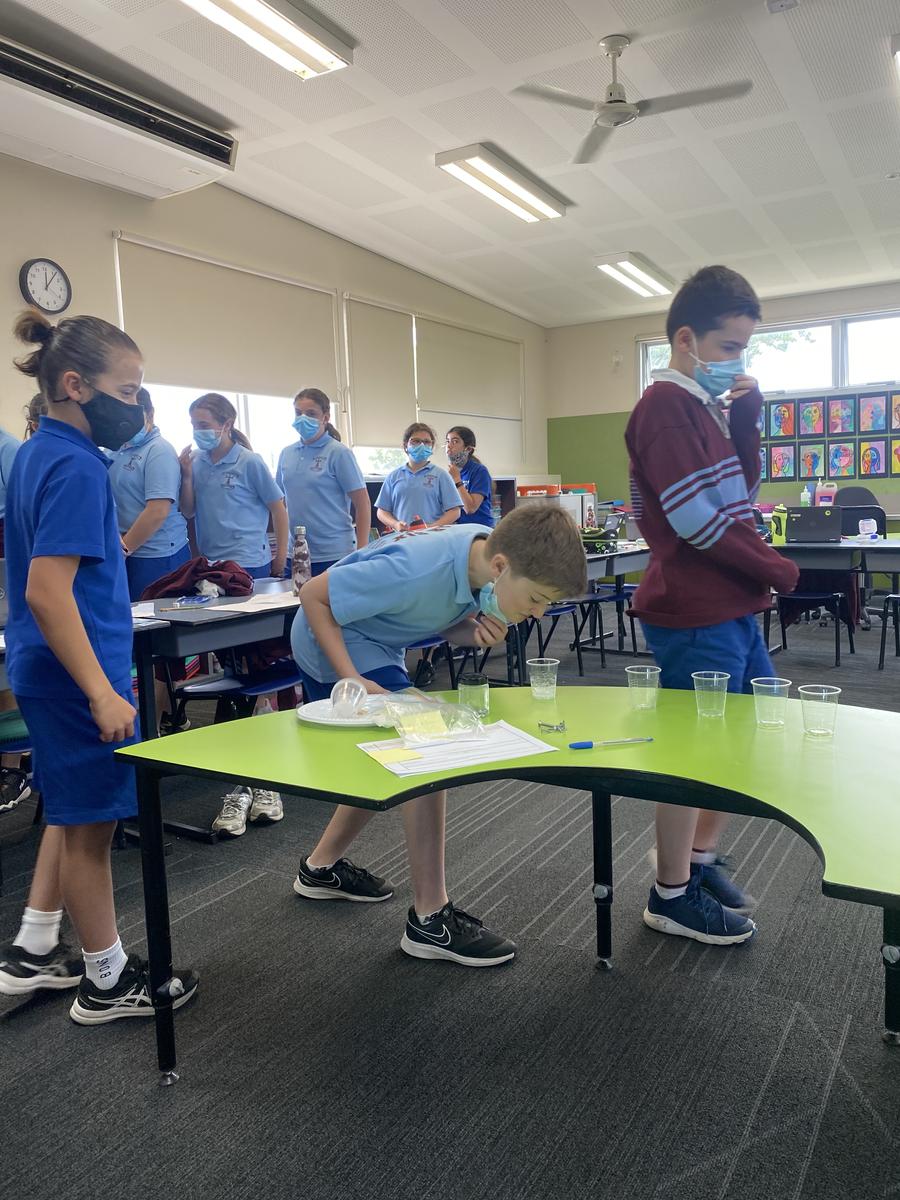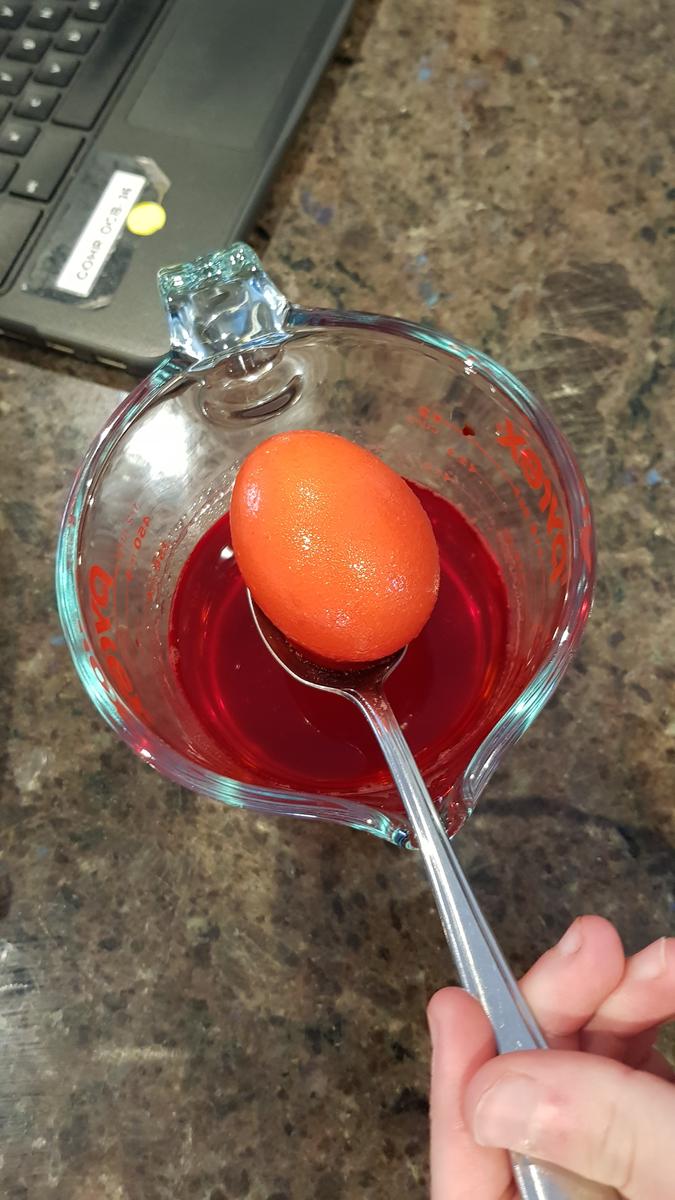Learning & Teaching 5/6S

A Snapshot of Learning in 5/6S
Over the past few weeks in 5/6S, we have been enjoying learning about Chemical Sciences. Whilst we have been at home, we have explored the properties of solids, liquids and gases and conducted a variety of experiments which have highlighted the differences between the three substances. We have also made and explored oobleck, a substance that can mimic the qualities of either a solid or liquid.
As we have been transitioning back to school part time, we have also been conducting some experiments in the classroom that are focusing on reversible and irreversible changes. We have been loving the hands-on activities, the shared discussions and new learnings. Here are a few snippets from the students in 5/6S about what they have learnt and enjoyed during our Chemical Science unit.
Allegra: This term in 5/6S, we have had the opportunity to participate in numerous fun and interesting science lessons. We had a great time testing different liquids to identify the item's properties and had the most incredible experience making our own oobleck! We experimented and tested and even made our own solids, liquids and gasses. It was a great time to make many new learnings, and enjoy a fun yet educational class with the rest of the class.
Lucas: There were lots of new and interesting things that we have learned so far this term about science. We’ve learnt things about gases, liquids and also solids. The latest topic we’ve discussed is non-newtonian. Non-newtonian is a state of matter which is defined by force and pressure. For example, if I stirred a non-newtonian fluid, it would change the state of matter. We’ve also learned about viscosity, which is a fancy word for the thickness of a liquid. Liquids like honey have a high viscosity because it is thick and sticky, but liquids like water have low viscosity because it is very thin and runny. Another thing we’ve learnt are the properties of liquids, solids and gases. The properties of liquids are that they take the shape of their container, you cannot physically break it or hold it, it runs very easily and the atoms are in a free space. The properties of a solid are, you can break it, you can hold it, it always stays the same shape and the atoms are in a confined position. The properties of a gas are that the atoms change direction rapidly, most gases are invisible and they are also made up of particles.
Jack B: In the beginning of this term, we did an experiment to see what would happen when we mixed bicarb soda and vinegar. We poured some vinegar into a plastic bottle and some bicarbonate soda into a balloon. Once we tipped over the balloon we were so shocked with the results. The bicarbonate soda had caused the vinegar to turn into a gas, filling up the balloon.

